10 Types of Sugar and the Best Way to Use Them
Did you know that swapping just one type of sugar in a recipe can transform its texture, flavor, and even its shelf life? Sugar isn’t just about sweetness—it’s a science. Whether you’re baking a birthday cake, brewing kombucha, or caramelizing onions, the sugar you choose matters. Let’s explore 10 common types of sugar, their unique quirks, and how to use them like a seasoned chef.
Table of Contents
What Makes Sugar Different?
Sugar isn’t just sugar. The differences start at the source and ripple through processing, texture, and even how your body reacts. Here’s what sets them apart:
- Source:
- Cane sugar: Made from sugarcane, it’s the most common and versatile.
- Beet sugar: Extracted from sugar beets, nearly identical to cane sugar but slightly earthier.
- Coconut sugar: Derived from coconut palm sap, with a caramel-like depth.
- Maple sugar: Dehydrated maple syrup, offering a woodsy sweetness.
- Processing:
- Refined sugars (like granulated or powdered) are stripped of molasses and impurities.
- Unrefined sugars (like muscovado or turbinado) retain natural minerals and flavors.
- Texture & Chemistry:
- Fine sugars (caster, powdered) dissolve quickly, perfect for delicate bakes.
- Coarse sugars (Demerara, turbinado) add crunch and slow-dissolving sweetness.
- Moist sugars (brown, muscovado) keep baked goods soft and chewy.
Why does this matter?
- Baking: The wrong sugar can flatten cookies or dry out cakes.
- Health: Unrefined sugars like coconut or maple contain trace minerals like potassium and zinc.
- Flavor: Molasses-rich sugars add smoky depth, while white sugars keep flavors clean.
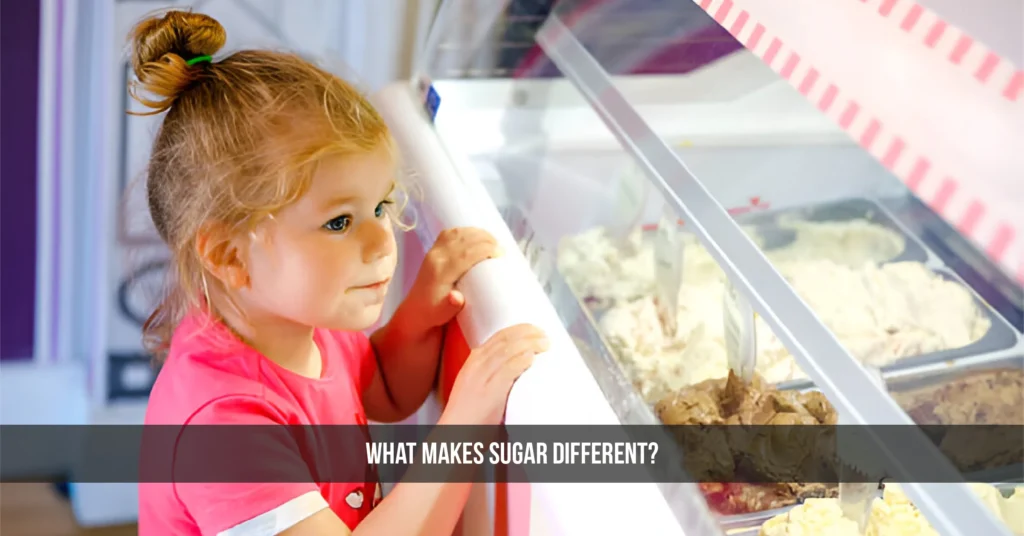
10 Types of Sugar and Their Best Uses
Let’s break down each sugar’s personality and ideal role in your kitchen:
1. Granulated Sugar
The Workhorse
- What it is: Refined white sugar from cane or beets.
- Texture: Fine, dry crystals.
- Best for: Everyday baking (cakes, cookies), sweetening drinks, preserving jams.
Pro Tips:
- Cream it with butter for light, airy cookies.
- Avoid substituting it in recipes calling for brown sugar—it’ll dry out your bake.
- Fun fact: Beet sugar is often used in commercial baking because it’s cheaper than cane.
2. Brown Sugar
The Moisture Master
- What it is: White sugar + molasses. Light brown (3.5% molasses) vs. dark brown (6.5%).
- Texture: Soft, clumpy, and sticky.
- Best for: Chewy cookies (like chocolate chip), BBQ sauces, oatmeal, and marinades.
Why it shines:
- Molasses adds acidity, helping baked goods rise.
- Adds moisture to banana bread—swap ¼ of granulated sugar with brown for extra tenderness.
Fix hardened brown sugar:
- Place it in a bowl with a damp paper towel.
- Microwave for 20 seconds. Good as new!
3. Powdered Sugar (Confectioners’ Sugar)
The Finisher
- What it is: Granulated sugar blended into a powder with cornstarch (3% anti-caking agent).
- Texture: Silky and dissolve-on-contact.
- Best for: Frostings, glazes, dusting desserts (think: French toast, doughnuts).
Recipe hack:
- Make royal icing by mixing powdered sugar with egg whites or water.
- Avoid using it in place of granulated sugar—it’ll throw off your recipe’s liquid-to-dry ratio.
4. Caster Sugar
The Baker’s Secret
- What it is: Superfine sugar (finer than granulated, coarser than powdered).
- Texture: Tiny crystals that dissolve rapidly.
- Best for: Meringues, custards, cocktails, and sponge cakes.
Why chefs love it:
- Dissolves instantly in cold drinks (like lemonade or mojitos).
- Creates smoother batters for delicate desserts like angel food cake.
No caster sugar? Pulse granulated sugar in a blender for 10 seconds.
5. Demerara Sugar
The Crunchy Topper
- What it is: Partially refined cane sugar with large, golden crystals.
- Texture: Coarse and crunchy.
- Best for: Sprinkling on cookies, oatmeal, or coffee drinks.
Try this:
- Mix Demerara with cinnamon and butter for a crunchy pie crust topping.
- Use it in place of white sugar for a caramel twist in shortbread.
6. Coconut Sugar
The Health-Conscious Sweetener
- What it is: Made from coconut palm sap, with a low glycemic index (GI of 35 vs. 65 for white sugar).
- Flavor: Earthy, similar to brown sugar but less sweet.
- Best for: Granola, energy balls, curries, and vegan baking.
Nutrition perk:
- Contains inulin (a prebiotic fiber) and minerals like iron and zinc.
- Watch out: It’s still sugar—moderation is key!
7. Muscovado Sugar
The Flavor Bomb
- What it is: Unrefined cane sugar with all its molasses intact.
- Types: Light (toffee notes) vs. dark (intense, almost bitter molasses).
- Best for: Gingerbread, sticky toffee pudding, and savory glazes (like for ribs).
Chef’s trick:
- Replace brown sugar with muscovado in chocolate cake for a deeper, more complex flavor.
8. Turbinado Sugar
The Raw Sugar
- What it is: Minimally processed cane sugar with a subtle molasses flavor.
- Texture: Large, amber crystals that don’t dissolve easily.
- Best for: Sweetening tea, rimming cocktail glasses, or adding crunch to muffins.
Fun use:
- Sprinkle turbinado on grapefruit halves before broiling for a caramelized finish.
9. Maple Sugar
The Sweet Souvenir
- What it is: Dehydrated maple syrup, popular in Canada and New England.
- Flavor: Rich, woodsy, and less sweet than white sugar.
- Best for: Pancake batters, glazes for roasted veggies, or homemade granola.
Why it’s special:
- Adds a unique autumnal flavor to desserts.
- Tip: Use ¾ cup maple sugar for every 1 cup white sugar to avoid overpowering.
10. Artificial Sweeteners & Alternatives
The Sugar-Free Squad
- Examples: Stevia, monk fruit, erythritol, and allulose.
- Best for: Diabetic-friendly recipes, keto desserts, or low-calorie drinks.
What to know:
- Stevia: 200x sweeter than sugar—use sparingly!
- Erythritol: Doesn’t spike blood sugar but can cause digestive upset in large doses.
- Monk fruit: Zero calories and works well in baked goods.
Recipe adjustment:
- Replace sugar 1:1 with erythritol for cookies, but add 1 tsp of honey to mimic sugar’s binding power.
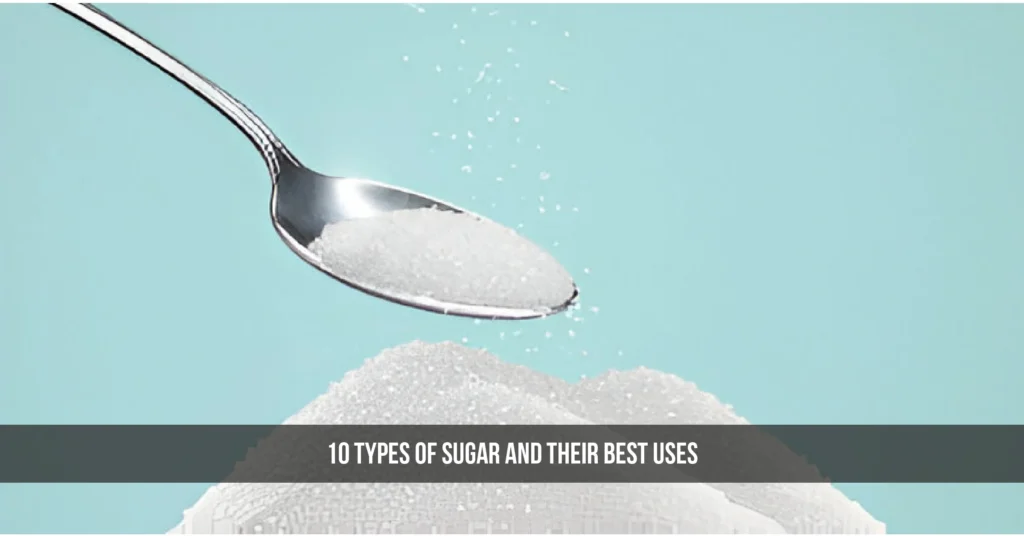
How to Choose the Right Sugar for Your Needs
Picking the right sugar isn’t just about flavor—it’s about chemistry, texture, and even nutrition. Ask yourself:
1. What’s the Recipe?
- Delicate bakes (like soufflés): Use caster or superfine sugar for even dissolving.
- Chewy cookies: Brown sugar’s moisture is non-negotiable.
- Caramel: Opt for white granulated sugar—it melts cleanly without burning.
2. Health Priorities?
- Low glycemic impact: Coconut sugar or maple sugar.
- Mineral boost: Unrefined sugars like muscovado or turbinado.
- Zero calories: Stevia or monk fruit (but check for aftertastes).
3. Flavor Goals?
- Neutral: Granulated or beet sugar.
- Earthy: Coconut or date sugar.
- Smoky depth: Muscovado or dark brown sugar.
Coffee lover? Swap white sugar for Demerara or turbinado for a subtle caramel note.
Tips for Storing Different Types of Sugar
Sugar can last forever—if you store it right. Here’s how to keep every type fresh:
Storage Guide
| Sugar Type | Container | Shelf Life | Hack for Freshness |
|---|---|---|---|
| Brown Sugar | Airtight jar + terra cotta disc | 6 months | Add marshmallows to prevent hardening |
| Powdered Sugar | Cool, dark pantry | 2 years | Freeze for long-term storage |
| Coconut Sugar | Sealed glass jar | 1 year | Keep away from humidity |
| Muscovado | Airtight container | 1 year | Layer with parchment paper |
Quick fixes:
- Clumpy powdered sugar? Sift it before use.
- Crystallized honey or maple syrup? Warm the jar in a water bath.
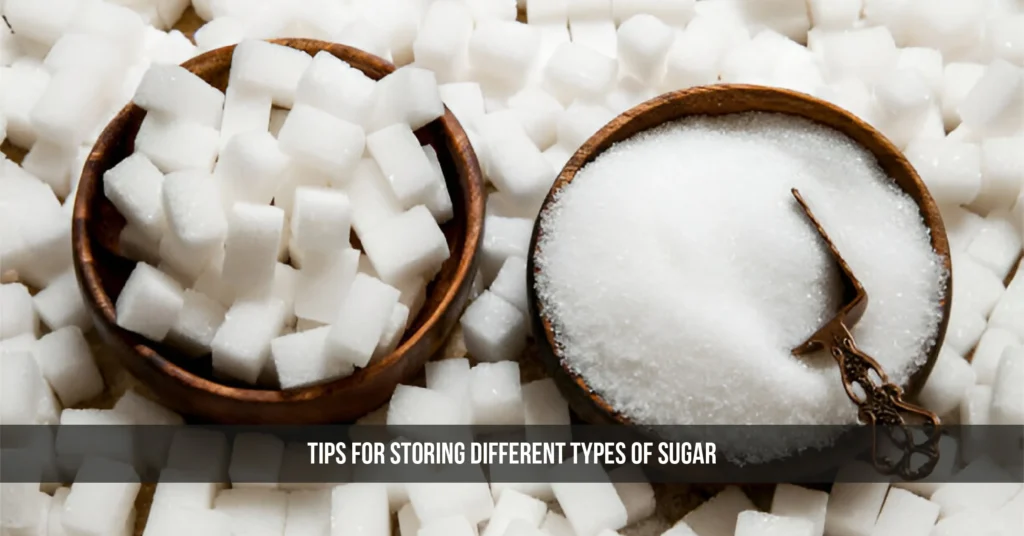
Conclusion:
Sugar isn’t a one-size-fits-all ingredient. Whether you’re baking a birthday cake, stirring coffee, or whipping up a marinade, the right sugar can elevate your dish from good to unforgettable.
- For texture: Reach for brown sugar in cookies, and powdered sugar in frosting.
- For health: Coconut or maple sugar adds nutrients without spiking blood sugar.
- For flavor: Muscovado or Demerara brings complexity to both sweet and savory dishes.
My personal favorite? Turbinado sugar sprinkled over freshly baked banana bread—it adds a crunch that’s downright magical.
Ready to experiment? Swap just one sugar in your next recipe. Try maple sugar in oatmeal cookies or Demerara in your morning latte. You might discover a new kitchen staple.
Also Read: 6 Essential Foods to Always Keep in Your Freezer
FAQs
What’s the healthiest type of sugar?
No sugar is “healthy,” but some are better than others. Coconut sugar and maple sugar offer trace minerals like potassium and zinc, while muscovado retains molasses nutrients. For low-calorie options, try monk fruit or stevia. But remember: all sugars should be used in moderation!
What’s the difference between cane sugar and beet sugar?
They’re nearly identical, but cane sugar has a faint molasses flavor, while beet sugar is slightly earthier. In baking, they’re interchangeable.
Can sugar go bad?
Technically, no—but it can clump or absorb odors. Store it airtight, and it’ll last years. Exception: Brown sugar hardens over time (fix it with the damp towel trick!).
What’s the best sugar for caramelizing?
Granulated sugar is the go-to for caramel because it melts evenly and doesn’t burn as quickly as other sugars. Avoid using brown sugar—its molasses content can make the caramel bitter.
Is there a sugar that works best for fermentation (like kombucha or baking with yeast)?
Yes! Granulated sugar is ideal for fermentation because it’s pure sucrose, which yeast feeds on efficiently. Avoid using artificial sweeteners—they won’t provide the fuel yeast needs to grow.

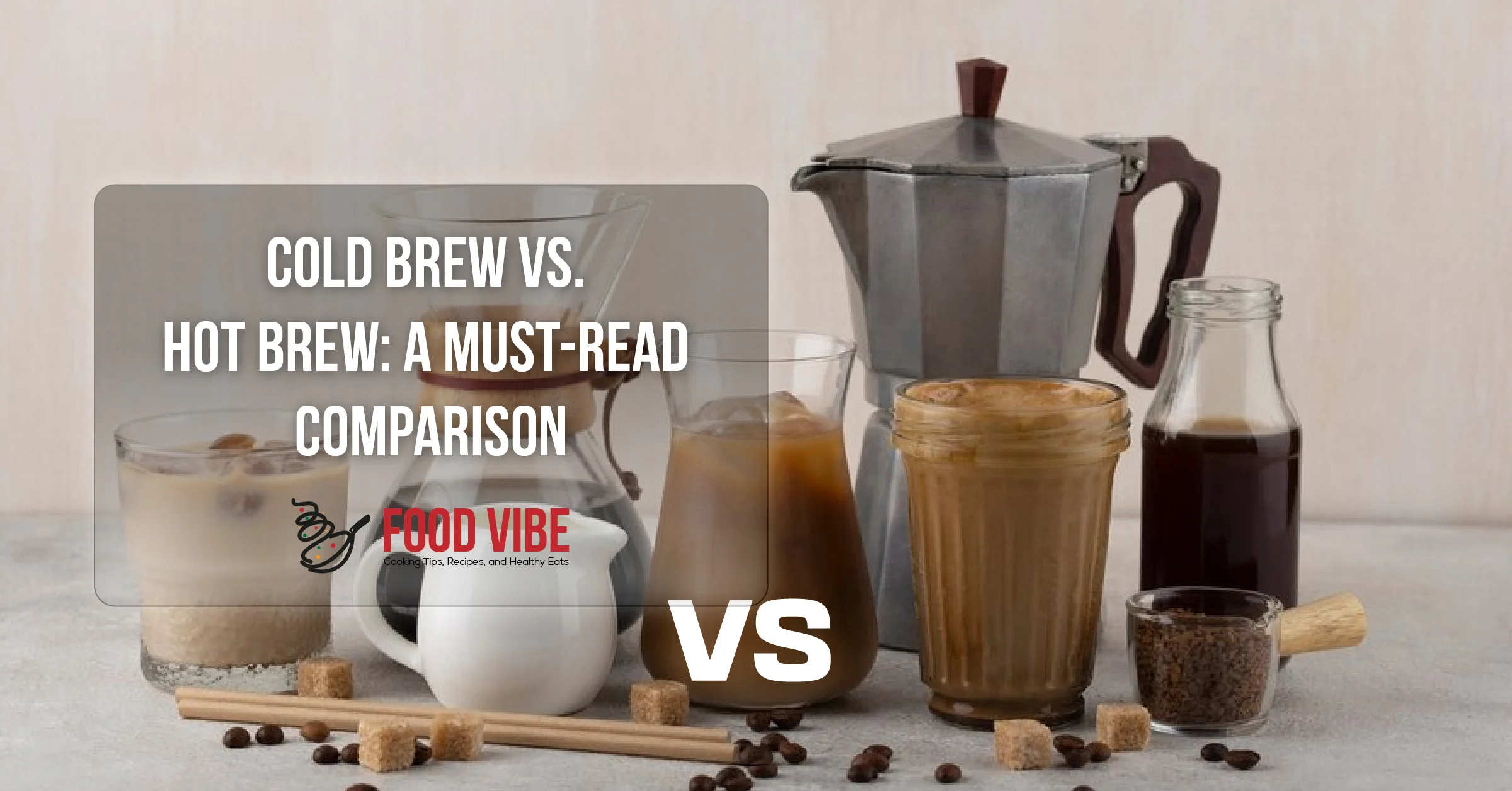
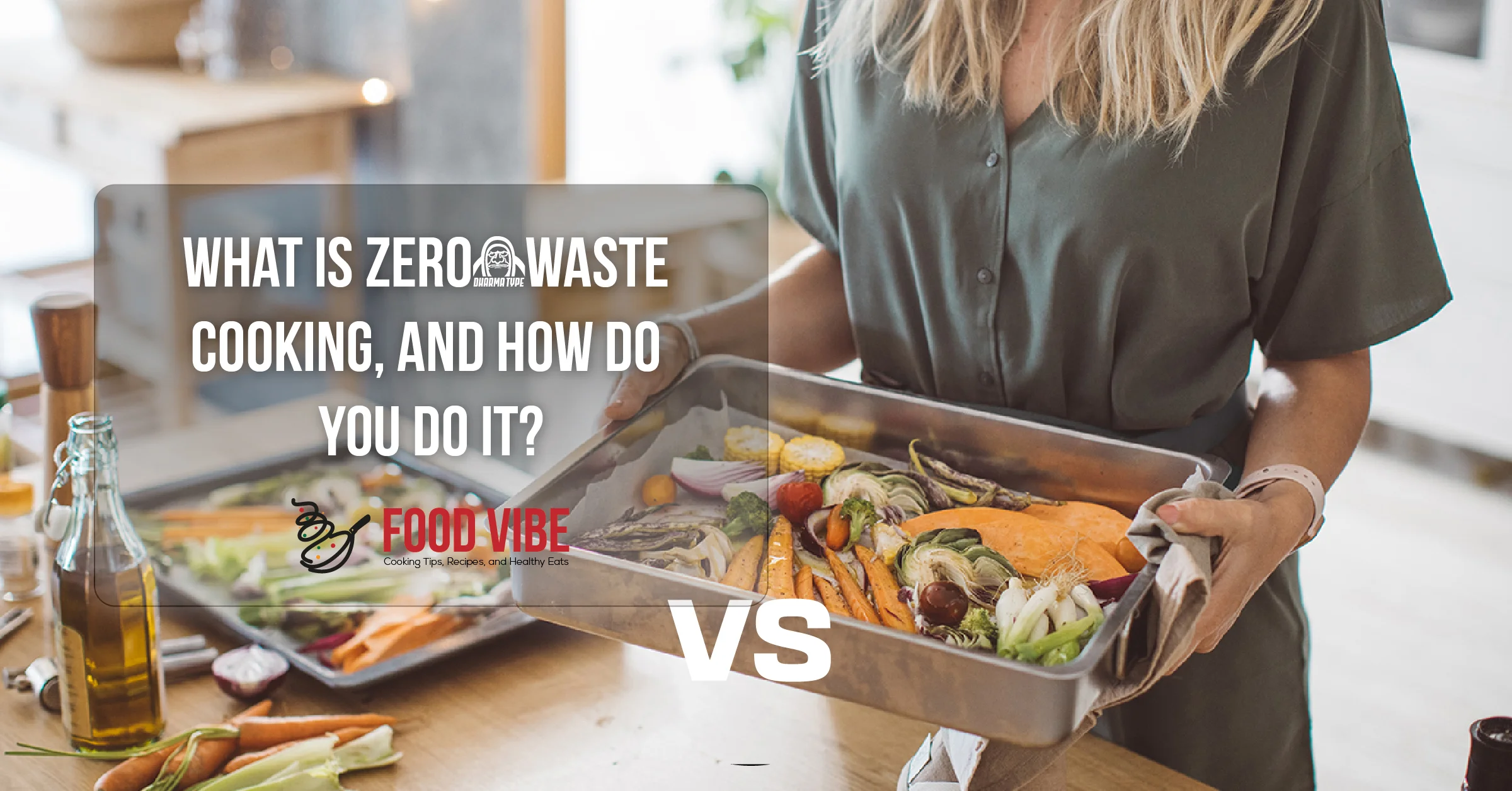
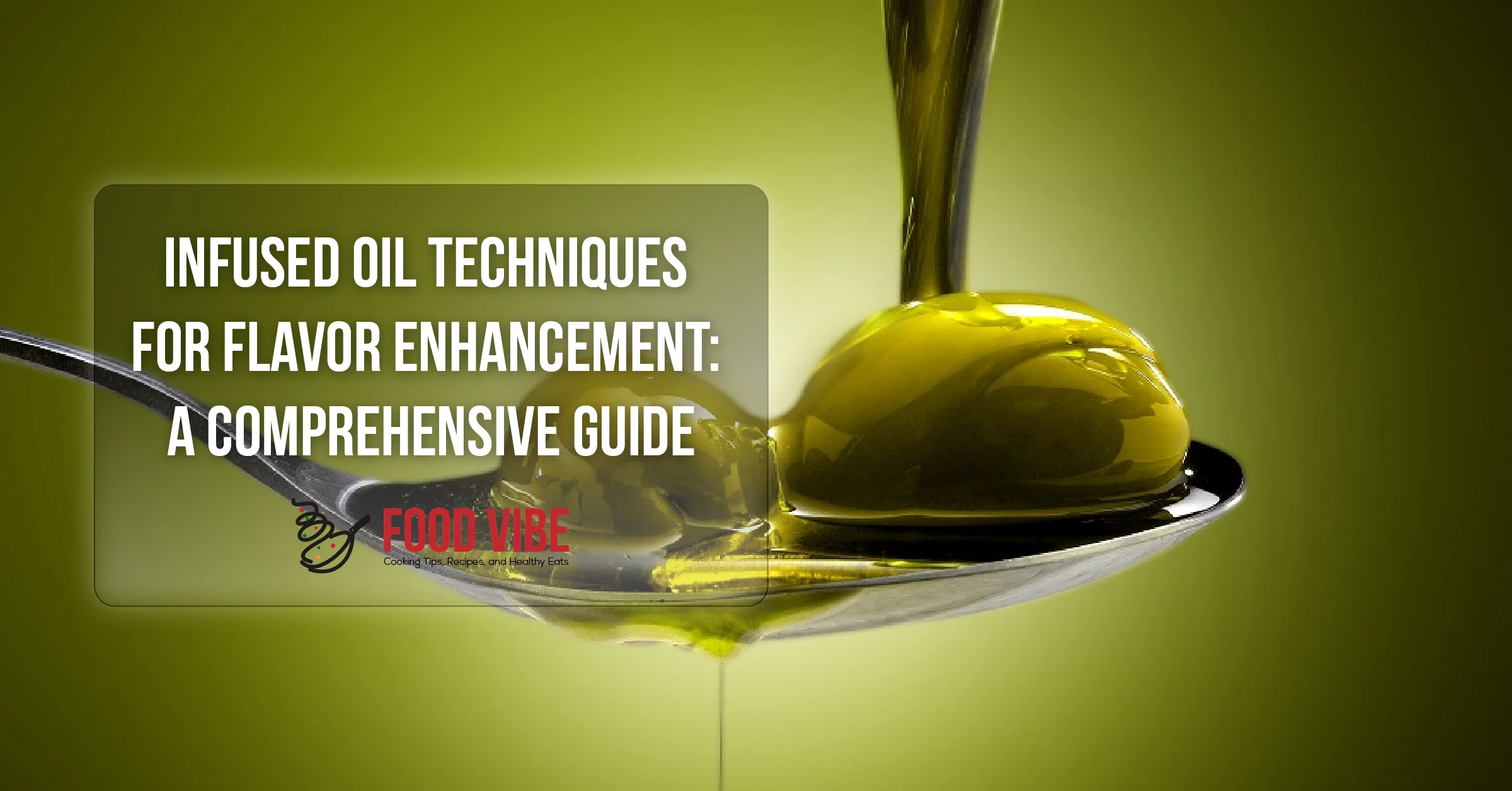




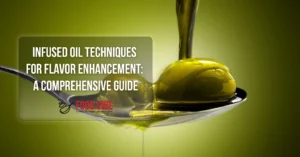


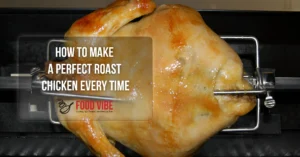


Post Comment